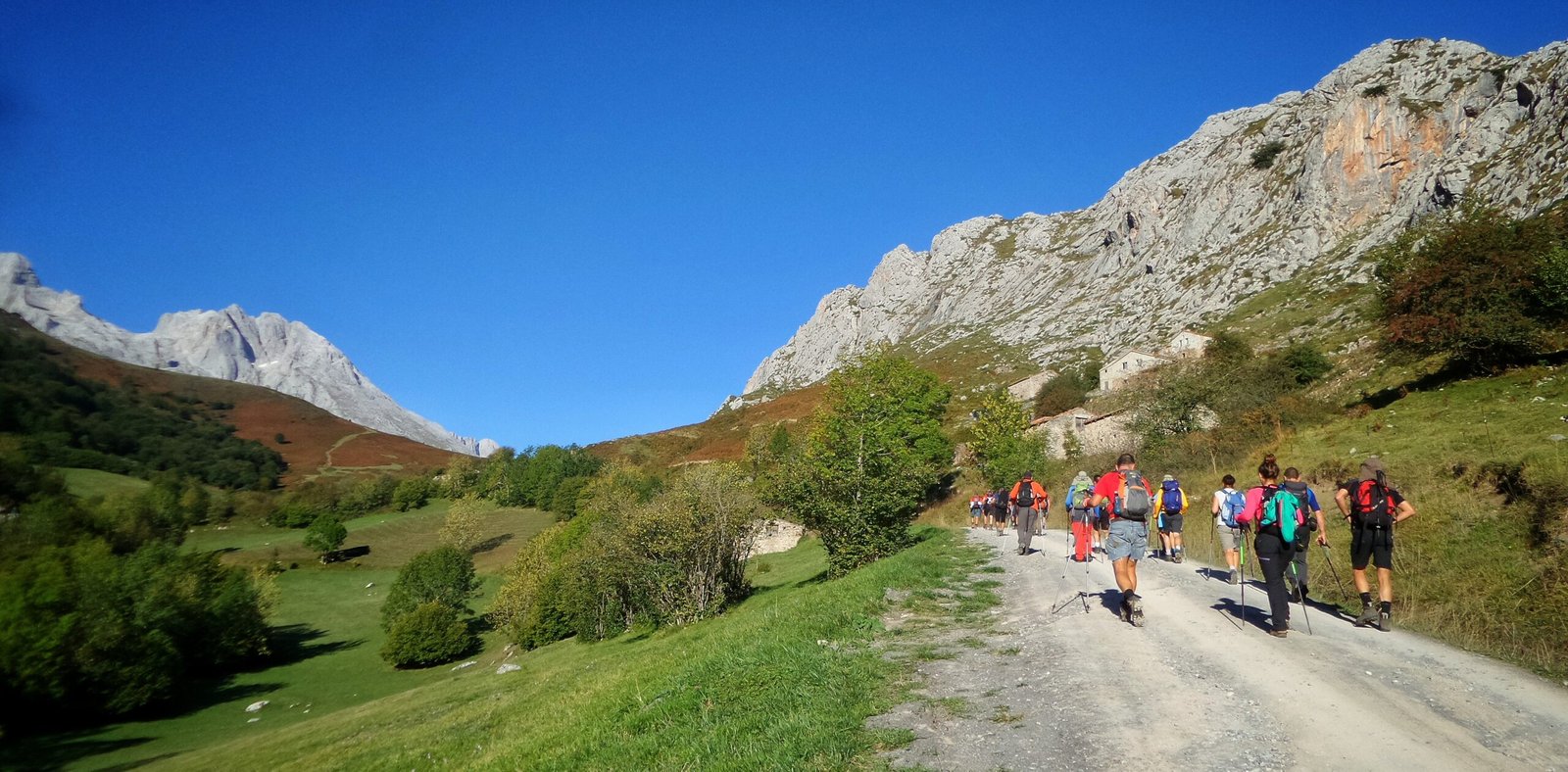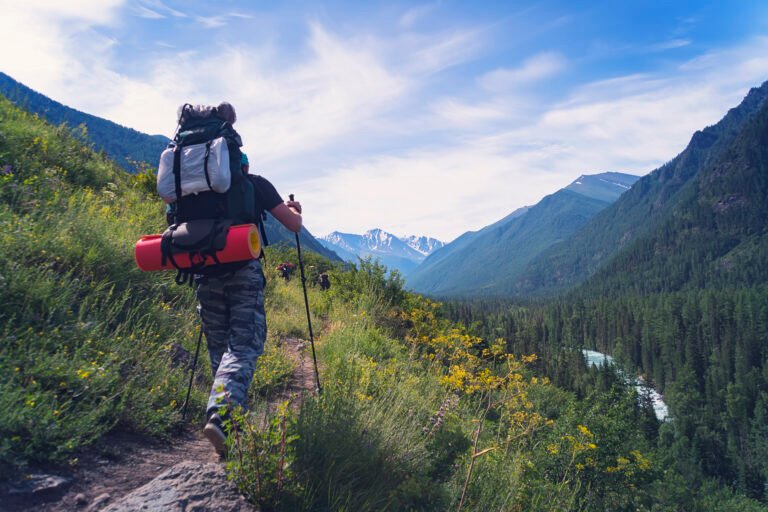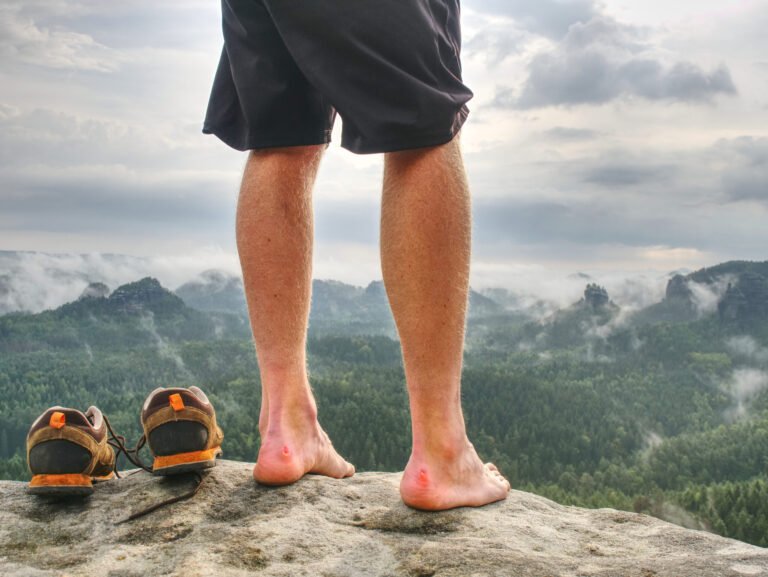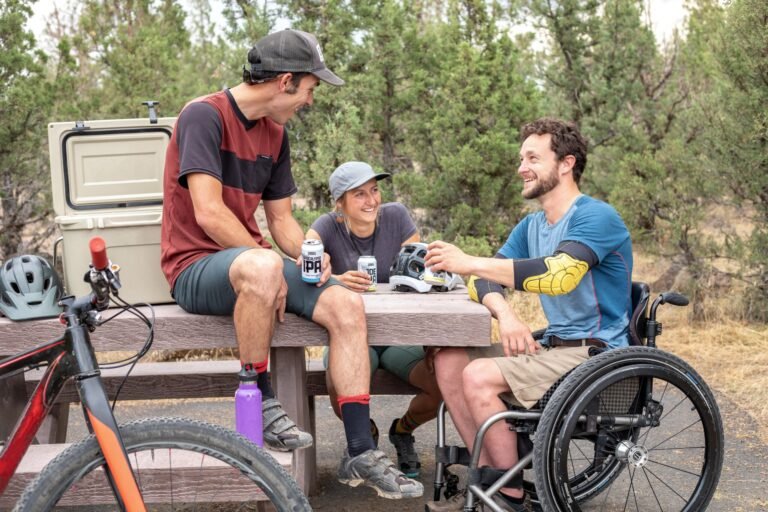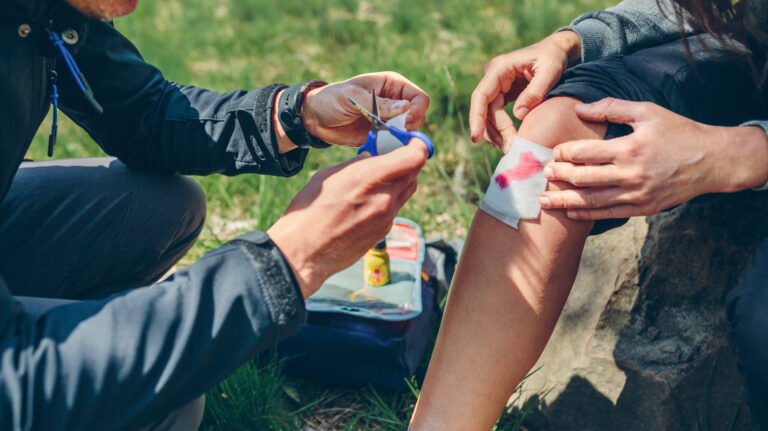Trail Etiquette 2025: New Rules for Crowded Hiking Destinations
Master Trail Etiquette with our 2025 guide. Learn modern courtesy and trail sharing rules for a harmonious hiking experience.
Last spring, a friend shared a story about arriving at their favorite Indiana hiking spot at sunrise. Instead of peaceful solitude, they found parking lots overflowing and groups jostling for space on narrow paths. A family’s selfie session blocked a steep section, while trail runners weaved through slower walkers. “It felt more like a busy sidewalk than a nature escape,” they admitted. Let’s talk about trail etiquette.
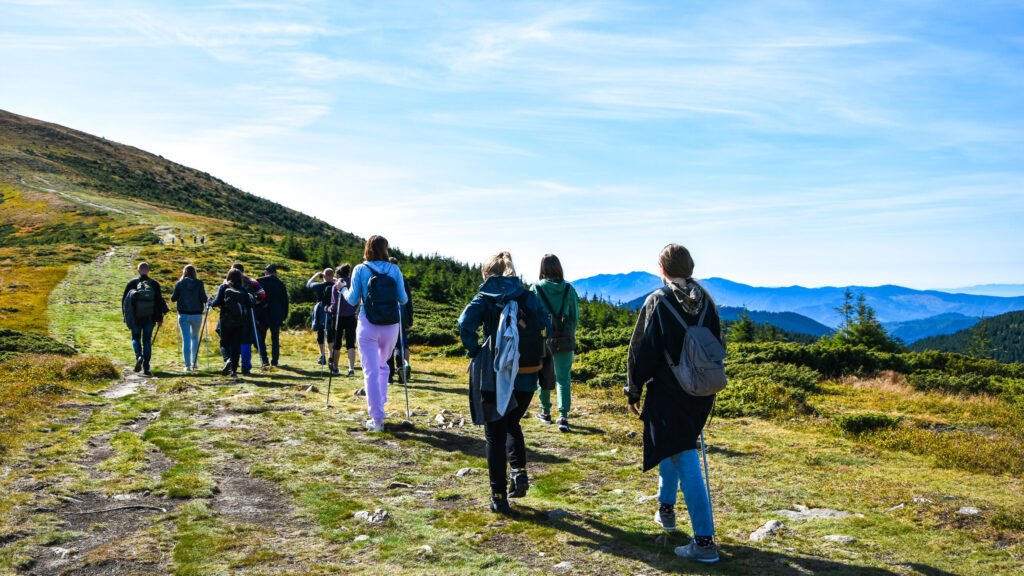
With over 4,200 miles of public trails in Indiana alone—and growing—these scenes are becoming common. More people than ever are discovering outdoor spaces, turning quiet routes into bustling corridors. Proper trail etiquette now means balancing old-school courtesy with new realities.
The rules have evolved. Hikers share paths with photographers capturing perfect shots, fitness enthusiasts tracking pace, and families teaching kids to love nature. Right-of-way decisions happen every few minutes. A paused hiker might block someone’s downhill rhythm. A dropped snack wrapper could linger for years in fragile ecosystems.
Modern trail users face unique challenges. Social media stops create unexpected bottlenecks. Bluetooth speakers clash with birdsong. Yet solutions exist when we view trails as shared resources needing teamwork. Small actions—like stepping aside strategically or packing out trash—keep adventures enjoyable for everyone.
This isn’t just about manners. It’s about preserving what makes hiking special while adapting to crowded realities. Your next trail choice could make someone else’s day better… or become their crowded trail story.
Embracing Modern Courtesy on the Trail
Recent trailhead surveys show 73% of hikers report increased congestion during peak hours. Shared paths now host joggers, birdwatchers, and multi-generational families – each with different priorities. Modern trail manners blend respect for nature with awareness of others’ needs.
Understanding Modern Courtesy in Outdoor Settings
Today’s trails serve more purposes than ever. A grandmother teaching grandchildren plant identification moves differently than fitness trackers chasing personal bests. Key principles include:
- Walking single-file when others approach
- Pausing conversations during passes
- Keeping pets leashed within arm’s reach
Tools for Effective Trail Sharing
Clear communication prevents conflicts. Use hand signals – raised palm for stopping, pointing downward when yielding. Groups should designate a “sweeper” to ensure no one lags behind. Speed management matters: uphill groups often get right-of-way, but flexibility creates smoother flow.
| Consideration | Traditional Approach | Modern Solution |
|---|---|---|
| Trail Width Usage | Natural spreading | Half-width rule |
| Noise Levels | Quiet zones | Headphone preference |
| Communication | Verbal alerts | Visual signals |
Teaching kids trail manners helps future generations. Role-model behaviors like packing out wrappers and greeting others. Remember: your outdoor experience connects to someone else’s – make both count.
Mastering Trail Etiquette: A How-To Guide
Picture this: you’re halfway up a rocky incline when you spot another hiker descending. Who moves first? Modern trail navigation hinges on understanding movement priorities and silent communication that keeps everyone safe. Let’s break down the essentials.
Uphill vs Downhill Dynamics
Those climbing slopes deserve extra consideration. Their focus stays on immediate footing, and interrupting their rhythm wastes energy. Downhill travelers should always yield, stepping aside where the path allows. If you’re descending, look for stable spots to pause—preferably on the trail’s outer edge to avoid erosion.
Uphill groups face unique challenges. A single-file line works best, with the lead hiker announcing approaching traffic. When passing others going up, wait for wider sections and say, “Mind if I pass on your left?” This maintains momentum while respecting personal space.
Communicating Effectively on Narrow Trails
Clear signals prevent collisions. Raise an open palm to indicate stopping. Point two fingers downward when yielding. For bikes approaching from behind, a firm “Bike back!” alerts others without shouting.
| Situation | Action | Result |
|---|---|---|
| Passing same-direction hikers | Announce “On your left” early | Smooth overtaking |
| Meeting bikes | Step to downhill side | Safer clearance |
| Group encounters | Single-file formation | Efficient flow |
Remember: technical right-of-way rules matter less than mutual respect. Sometimes letting a struggling biker pass uphill preserves everyone’s experience. Adaptability turns potential conflicts into shared victories.
Navigating Shared Spaces Among Hikers and Bikers
Imagine rounding a bend to find a mountain biker speeding toward you on a narrow path. These moments test trail diplomacy. While official rules give hikers priority, real-world sharing requires thoughtful cooperation. “Stopping mid-climb wastes energy,” notes cyclist Mark Teller. Flexible courtesy often works better than rigid right-of-way debates.
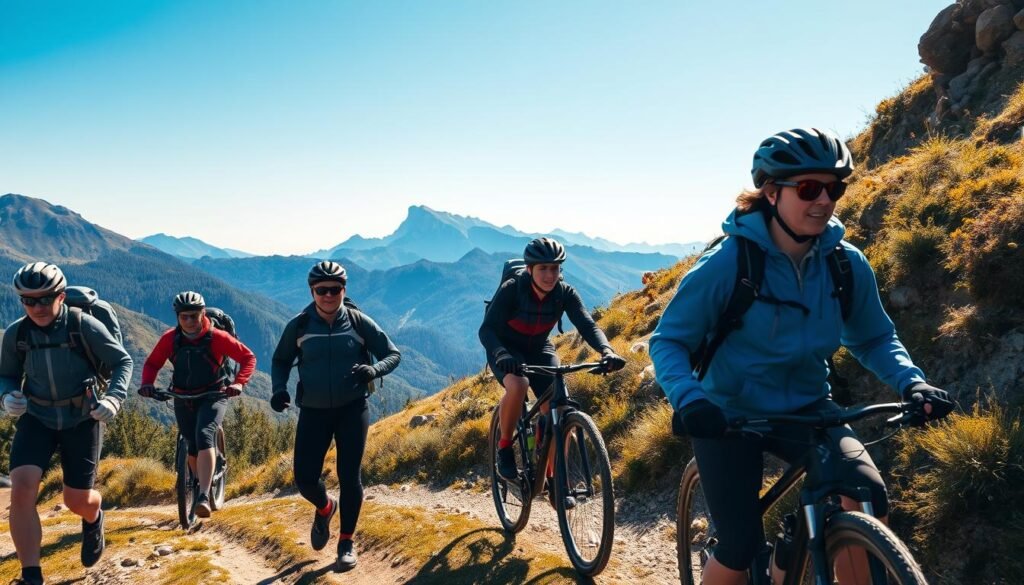
Tips for Respectful Passing and Group Management
Uphill travelers deserve extra space—whether on foot or wheels. Bikers climbing slopes appreciate hikers stepping to the side trail briefly. Downhill users should yield, but terrain often decides who moves first. Follow these road-inspired guidelines:
- Stay right like highway driving, passing left after announcing “On your left”
- Groups hiking single file get priority over solo users
- Bikers signal approach with bell rings or friendly calls
| Situation | Recommended Action |
|---|---|
| Biker approaching from behind | Hiker steps to downhill side |
| Large group meeting solo user | Solo hiker yields if group stays organized |
| Narrow section with limited visibility | All users slow down and call out |
Communication prevents collisions. Designate a group leader to announce “Three more behind!” when others approach. Faster users wait for safe passing zones instead of crowding. Remember: shared paths thrive when everyone thinks beyond personal convenience.
Accommodating Horses, Dogs, and Wildlife Encounters
Sharing paths with animals adds new layers to outdoor courtesy. Horses demand special attention due to their size and unpredictable nature. Always yield to riders, positioning yourself on the trail’s downhill side where both horse and rider can see you clearly. Sudden movements or loud noises risk spooking these prey animals.
Best Practices for Dog Etiquette on Trails
Leashed pets prevent most conflicts. Keep dogs within arm’s reach, especially near horses or wildlife. A curious pup approaching a 1,200-pound animal creates dangerous situations. Carry waste bags in your pack – “I’ll grab it later” often becomes forgotten litter.
Wildlife encounters require extra caution. Dogs chasing squirrels stress entire ecosystems. Announce your pet’s temperament when passing others – not everyone loves surprise sniffs. Responsible ownership means leaving no trace, from pawprints to poop bags.
By respecting these guidelines, hikers help maintain safe spaces for all users. Your awareness protects riders, preserves habitats, and keeps trails welcoming for future visitors.
For more great articles, go here.

